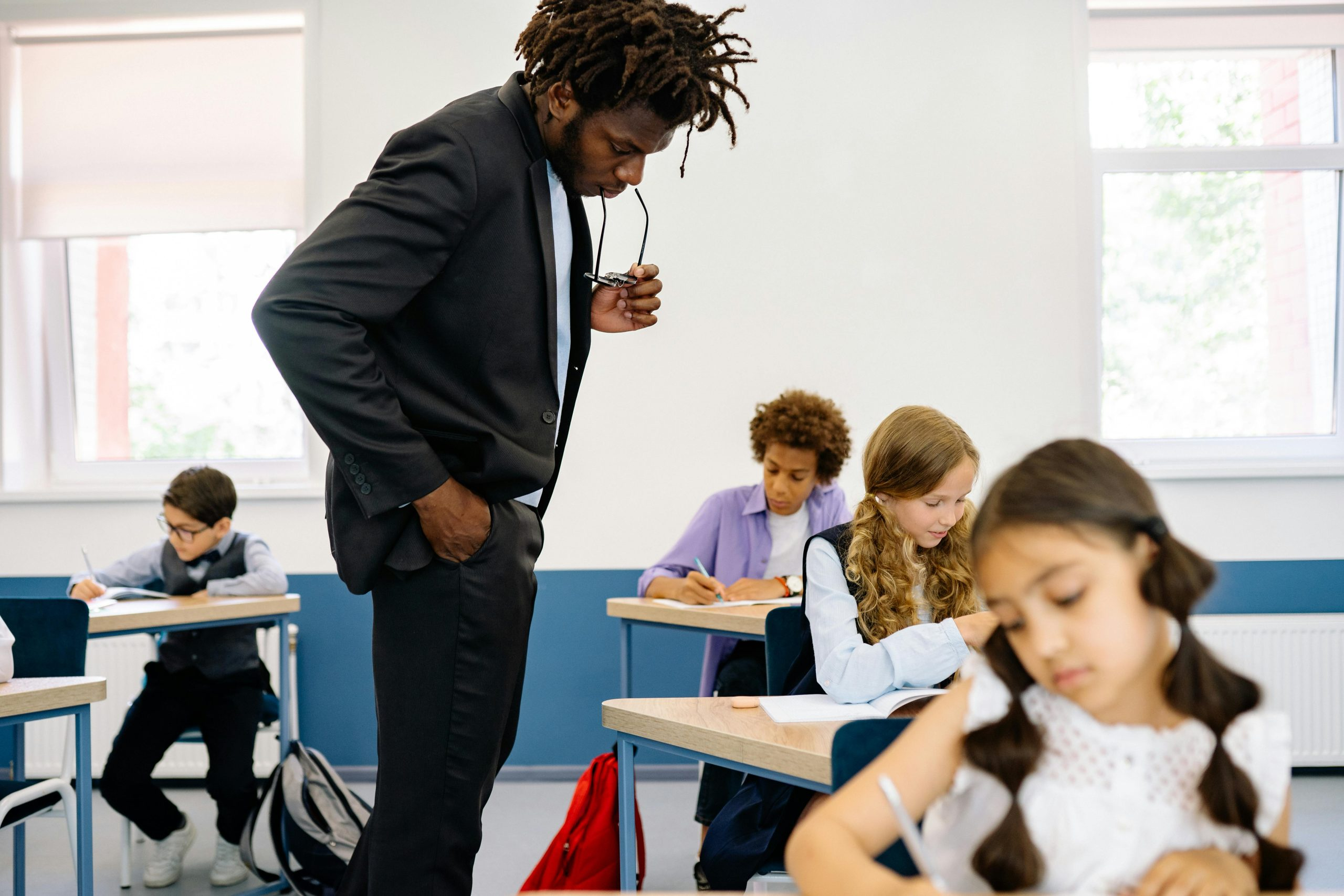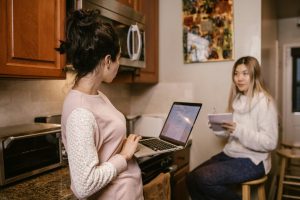Transforming remote learning through inclusive classrooms
COVID-19 has transformed the face of education in ways that no one could have predicted. With schools closing down, traditional classroom learning has been replaced with remote learning, leaving many students feeling disconnected and excluded. However, this shift towards virtual learning has also brought to light the need for inclusive classrooms, not just in physical spaces, but also in the online world. In this article, we will explore the concept of inclusive classrooms in the context of remote learning and how it can effectively transform the education system.
What are Inclusive Classrooms?
Inclusive classrooms refer to learning environments where all students, regardless of their abilities, disabilities, or backgrounds, feel valued and supported. It is a concept that focuses on providing equal access to education and removing any barriers that may prevent students from fully participating in learning. Inclusive classrooms celebrate diversity and embrace individual differences, creating a positive and accepting learning environment for all students.
The Importance of Inclusive Classrooms in Remote Learning
Remote learning has brought to light the existing inequalities in education and the need for inclusive classrooms. With virtual classrooms, it is now more challenging to provide individualized attention and support to students, making it crucial to create an inclusive learning environment where every student feels included and able to thrive.
Inclusive classrooms in remote learning are essential for ensuring that all students have equal access to education. With the shift to virtual learning, students with disabilities or learning differences may face additional challenges, making it crucial to provide accommodations and support to ensure their academic success. Inclusive classrooms also play a significant role in promoting social and emotional well-being among students, especially during times of isolation and uncertainty.
Tips for Creating Inclusive Classrooms in Remote Learning
Creating an inclusive classroom in a virtual setting may seem daunting, but with the right approach, it is achievable. Here are some tips for teachers to create an inclusive learning environment for their students:
1. Use a variety of teaching methods
Different students have different learning styles, and using a variety of teaching methods can accommodate these differences. This can include pre-recorded lectures, interactive online activities, and small group discussions. Providing different options for students to engage in learning will enable them to choose the method that best suits their needs.
2. Encourage active participation
Active participation is crucial in an inclusive classroom as it allows all students to contribute and feel valued. Teachers can use online tools such as polls, chat boxes, and breakout rooms to encourage students to engage in discussions and group activities.
3. Provide accommodations and support
It is essential to provide accommodations and support to students who may require extra assistance in remote learning. This can include providing extra time for assignments, providing closed captioning for videos, and utilizing assistive technologies such as screen readers for students with disabilities.
4. Promote a culture of acceptance and celebration of diversity
Inclusive classrooms celebrate diversity, and it is important to promote this culture in virtual learning. Teachers should encourage students to share their experiences and backgrounds, creating a sense of community and acceptance among students.
The Impact of Inclusive Classrooms on Remote Learning
Inclusive classrooms not only create a positive and accepting learning environment but also have a significant impact on academic success. When students feel included and supported, they are more likely to engage in learning and have better academic outcomes. Inclusive classrooms in remote learning can also improve social and emotional well-being, as students feel connected and supported by their peers and teachers.
In Conclusion
The COVID-19 pandemic has brought about many changes in the education system, and one positive outcome is the emphasis on creating inclusive classrooms in remote learning. Inclusive classrooms not only ensure equal access to education for all students but also promote a positive and accepting learning environment. By implementing these strategies, teachers can effectively transform remote learning and create an inclusive space for all students to thrive.










